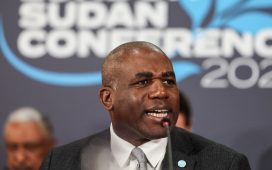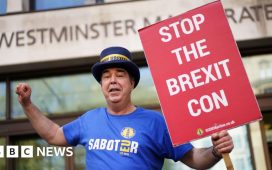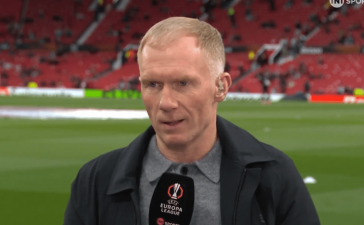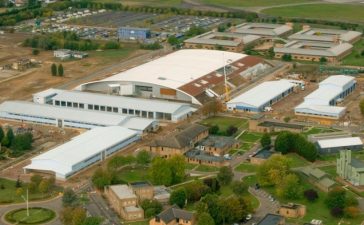It’s one of life’s most stressful challenges, but not many do it straight after six weeks of relentless election campaigning and on the threshold of the biggest job in the UK. On top of everything else, Keir Starmer is moving house.
In the next day or two, the Starmers – Keir, Victoria and their two teenage children – will relocate from their north London house to a flat over the shop of 10 or 11 Downing Street. Meanwhile, the Sunaks must also pack up their possessions and move out to one of their properties – maybe the five-bedroom mews house in Kensington, or perhaps the Grade II-listed Georgian manor house in North Yorkshire.
The UK’s system of a speed-of-light turnaround of prime ministers is unusual. Most democracies have a period of several weeks before the election winner takes office, giving time for both a political handover and to sort out domestic arrangements.
“It’s a brutal system,” said Alex Allan, former principal private secretary to John Major and Tony Blair. “It all takes place within about an hour. In 1997, John Major said farewell to Downing Street staff and went to the palace [to resign] at about 11am. About 12 noon I was opening the door to 10 Downing Street, and saying ‘welcome, prime minister’ to Tony Blair. It’s incredibly rapid.”
Even though a Labour victory after 18 years of Conservative rule had been widely anticipated, the Blairs had not made proper plans for moving to Downing Street, according to Cherie Blair’s memoirs.
The new prime minister’s wife was famously photographed looking somewhat dishevelled in her nightdress on the doorstep of their Islington home. As her husband spent the weekend closeted with aides Jonathan Powell and Alastair Campbell working out cabinet appointments, “I tried to make sense of how I was going to move the whole caboodle in on the Monday,” she wrote.
“There was no time to organise a removal van, not that we really needed one anyway. All we were taking were our personal possessions, clothes, the kids’ toys and general bits and pieces, which all went into one of the No 10 vans.”
Major, the outgoing Conservative prime minister, and his wife, Norma, had left the Blairs a bottle of champagne with a note saying: “Good luck. It’s a great job. Enjoy it.”
The Majors had been prepared for a departure from Downing Street, according to an advisory note Allan wrote to fellow civil servant Jeremy Heywood before the 2001 election. The couple “clearly knew the odds were that Labour would win the 1997 election,” he wrote. “So I had some private discussions with them.
“Norma discreetly moved quite a lot of clothes out of Downing Street during the weeks running up to the election so that there was less to move if they did lose. If they had won, bringing clothes and other possessions back would have been a pleasure!”
He added that the Majors “were (understandably) keen to avoid having a removal van seen in or near Downing Street”.
When it was the Blairs’ turn to leave – not as the result of an election, but a long-planned handover to Gordon Brown – they were better prepared than when they moved in.
“We were packing up the Blairs’ possessions on and off for about six weeks,” said Stephen Morris, founder of Stephen Morris Shipping, which moved Blair and Brown out of Downing Street and helped move David Cameron in 2010. “Our staff didn’t wear uniforms, our cartons had no company logo, we used unmarked vehicles and we had people coming and going at strange times.”
The Blair family had lived in Downing Street for 10 years. “It was a very big move,” said Morris.
In 2010, there were a few days of post-polling-day coalition wrangling before Gordon Brown resigned as prime minister. “He left Downing Street at about 5pm or 6pm, and we got a call at 8pm asking us to be there at 8am the following morning,” said Morris.
On both occasions, Morris and his staff were offered large sums of money to divulge details to the press. None accepted. “It’s a question of keeping your mouth shut and doing a good job,” said Morris.
Since 2010, there have been five Conservative prime ministers in residence at Downing Street – all outlasted by Larry the cat, who has spent 13 years in situ.
According to trade chatter picked up by Morris, Starmer has had a removal company on standby for several weeks. The family’s move to Downing Street will be challenging for his teenage son and daughter, whose schools – and friends – are in north London.
They are unused to media attention. Starmer rarely talks about his children, and never by name. He told ITV’s This Morning recently that he and Victoria would do their best to “fiercely protect” them.
The ruthlessness of the Downing Street handover – political and domestic – was unlikely to change, said Allan. “A lot of planning goes into making it as smooth as possible. But this is what people expect. When someone wins, they have to take over immediately.”











